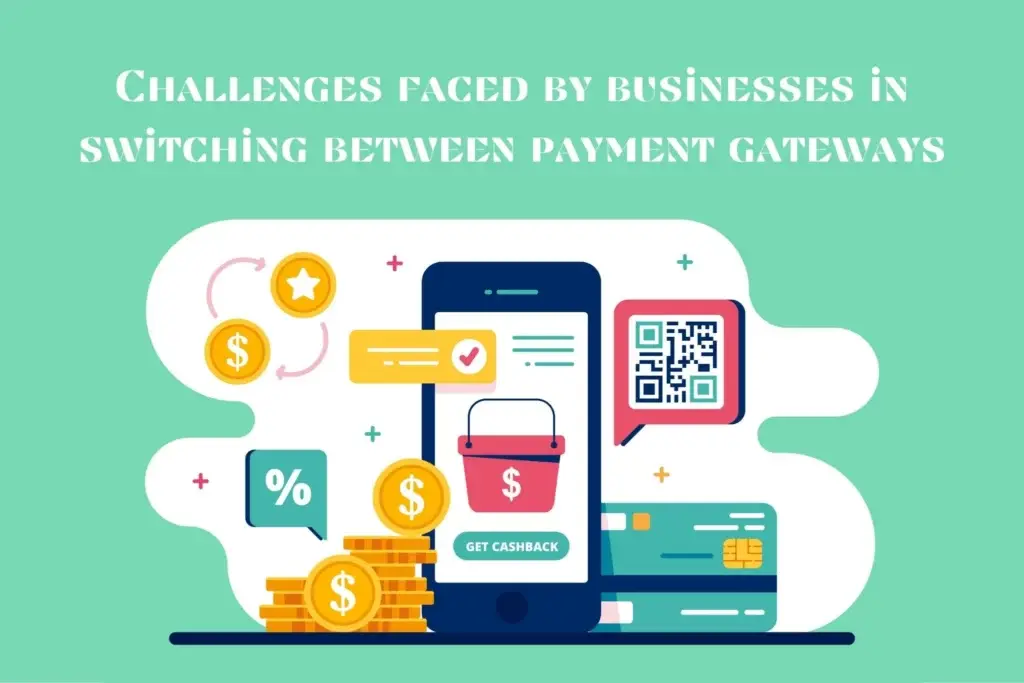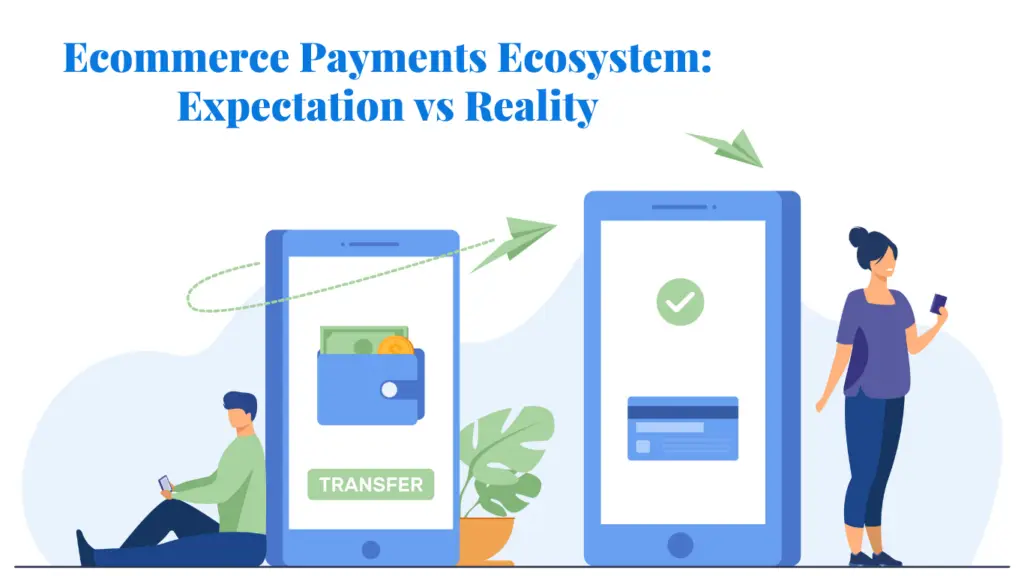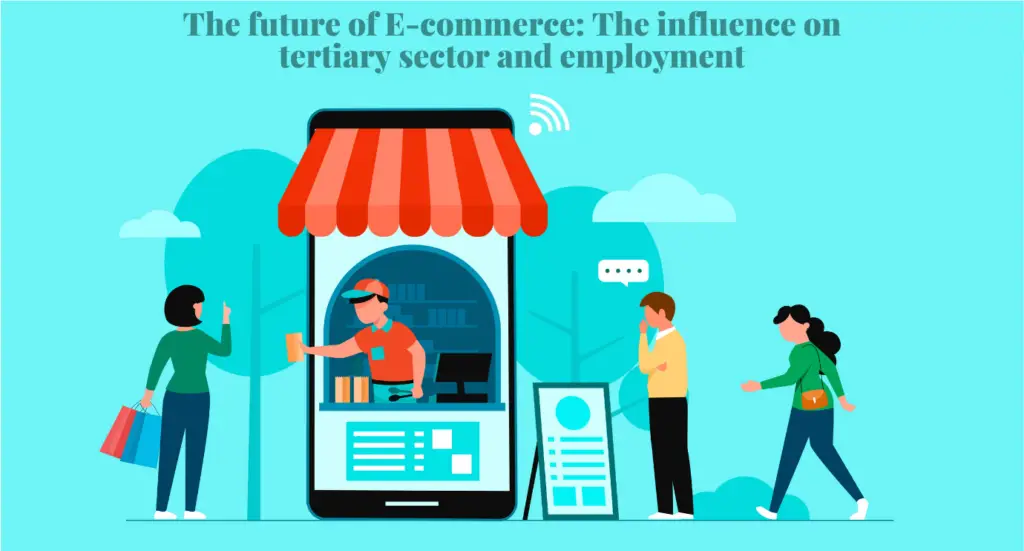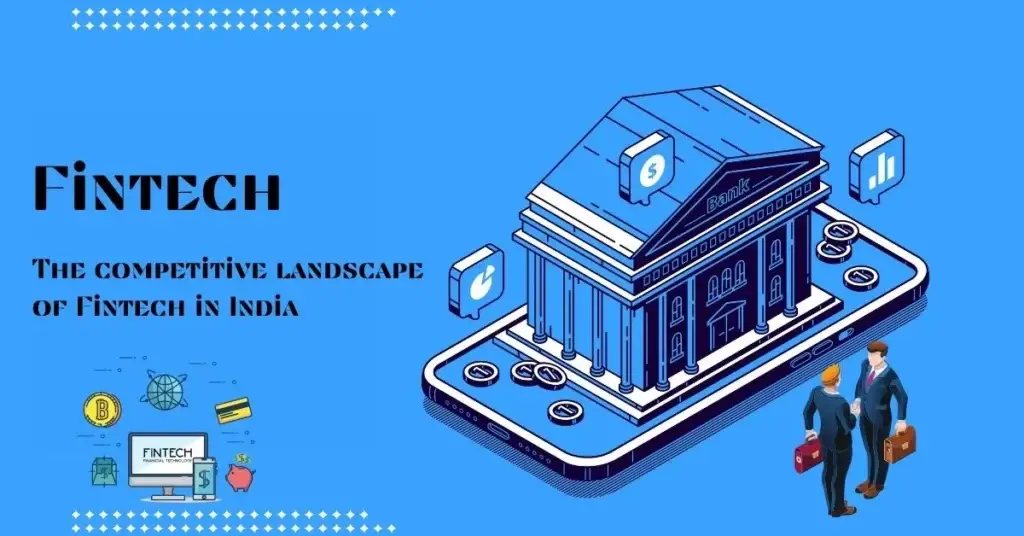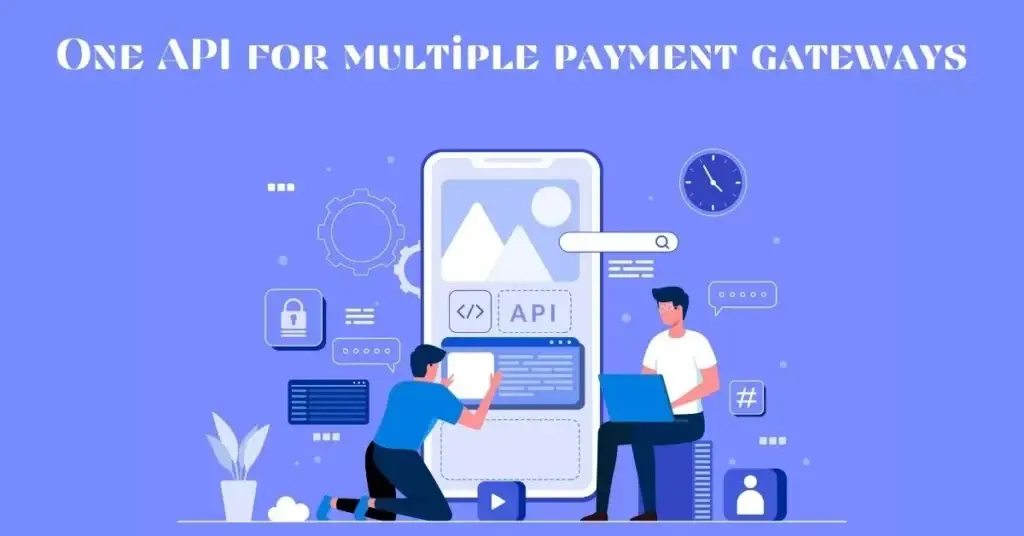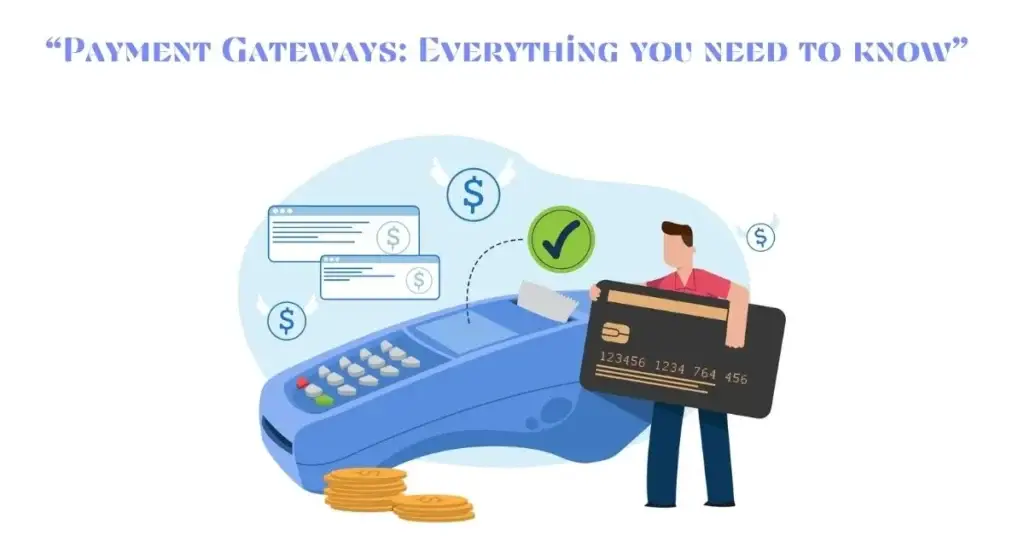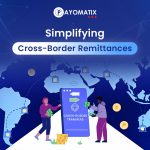If no two people in the world are the same, how can the choice of payment be the same for all?
The fintech industry in India is a sea of potential where you can easily get lost if you are unaware of the operational aspect of digital solutions. In today’s era of digital technology, online businesses, e-commerce customers and merchants expect a swift and secure digital experience.
In the customer’s case, it would be surfing, shopping, and paying online, whereas in the merchant’s case it is showcasing, marketing, and processing payments digitally. These modern innovations have already streamlined the B2B and B2C experience. But as the online marketing and selling experience is reaching more people, user demands are also rising along with it.
The phrase “online payment” has gained traction over the years where you digitally pay for products through net-banking, UPI IDs etc. In the pool of resolutions offered by the fintech world, payment solution is the essential competitive niche with robust ideas already in action. One such example is multiple API integrations used by merchants to combine multiple payment gateways.
The ultimate goal of such industries is to “unify India by unifying payments” and it looks like a single API integration is the way to go.
What is a Payment Gateway?
A payment gateway is a tool that essentially handles the transaction process end-to-end, covering security to settlement. Payment gateways can be best described as an online digital cashier who charges, verifies, collects cash, and hands over the deliverables.
Payment gateways are developed and launched by fintech companies to let the merchants (businesses) to accept the payments on their online platforms.
What happens if you use multiple payment gateways?
It is imperative to note that in order to grow, businesses should offer multiple online payment gateway options so as to be consumer-friendly along with maintaining customer satisfaction and loyalty.
Many e-commerce websites today are seen having a wide range of options to make payments because every customer is different has different preferences in making payments. Merchants manage these gateways via multiple payment gateway integrations.
Problems with Multiple Payment Gateways
There are many issues that arise while managing multiple payment gateways. These are as follows:
1. You have to manage multiple vendors, contracts, and relationships.
You’ll have to negotiate individual contracts with each vendor, moreover you will also have to juggle the small demands coming up every time. Committing to a single, more capable vendor not only removes management responsibilities from your daily workload, it also lets you develop a partnership with a payment gateway you can trust.
2. You have to handle multiple payment gateway integrations.
All gateways won’t work the same way—they won’t have the same APIs, and they won’t all provide the same error messages. To make them all function smoothly you’ll have to code to each gateway specifically. Your developers will have to put copious amounts of efforts but with a single API integration, you can do it once, and do it right.
3. You need more complex transaction failover logic.
If a transaction assigned to Gateway A fails, what happens next—does it go to Gateway B or C? Failover is critical to your conversion rate, so it’s important to decide where and how to route failed transactions so they all have the best chance of success. Here’s a better way: Choose a single API integration as a payment solution that supports automatic transaction failover and works hard to maximize conversions every time.
4. You have to reconcile multiple accounts.
Imagine this: You have three gateways making deposits into your bank account. When it’s time to analyse, you start with Gateway A to determine which transactions they handled, then go to Gateway B to do the same, and so on. Plus, with multiple gateways you may wind up with multiple business accounts on one website, which means still more analysis. That means lots of lost time, added frustration, and a greater chance of overlooking mistakes.
5. You have multiple reports to evaluate.
While business owners spend most of their time managing reports, would you really want to spend all your time gathering data and trying to consolidate different gateway reporting formats? You could develop your own reporting system to manage it all, or opt for a solution providing one dashboard managing all payment gateways.
6. You have several operational challenges.
What happens when someone calls customer service to get a refund? With more than one gateway in operation, it’s no simple task to figure out where the original transaction was processed. You’ll need to either spend more time on the phone with customers processing refunds or opt for a solution that can intelligently point your service reps in the right direction quickly
7. You have to devote development resources to your gateways on a continuous basis.
Beyond just the setup, you’ll need to devote continuous development time to all your gateways to handle things like upgrades or adding new payment methods which takes up a large amount of time and resources as well.
Problems with Switching Payment Gateways:
Switching payment gateways from one to another can be a viable option as well, but if you want to do so, there arise a new set of problems such as:
- Incompatibility with the merchant’s website
- Potential increase in costs
- Conversions may be negatively impacted
- Decrease in customer loyalty
- Highly time consuming task to find new vendors again
- Difficulty in adjustment of managing new payment gateway data
- Increased risk of downtime or failure of payments during switch
In a developing country like India where the fintech industry is taking off, business owners and merchants are now understanding the value of optimizing payment methods and while multiple payment gateways allow them to grow all around the world, the above mentioned drawbacks pull down their aspirations.
Does India have a company providing single API integration as a payment solution?
Yes, of course! Payomatix is the first company in India that provides a payment solution with single API integration enabling merchants to use multiple payment gateways and have a hassle free experience. Not only will you be able to manage all your gateway information on a single dashboard, but you will also see a rise in your leads and conversions due to lesser failed transactions and increased customer satisfaction.

